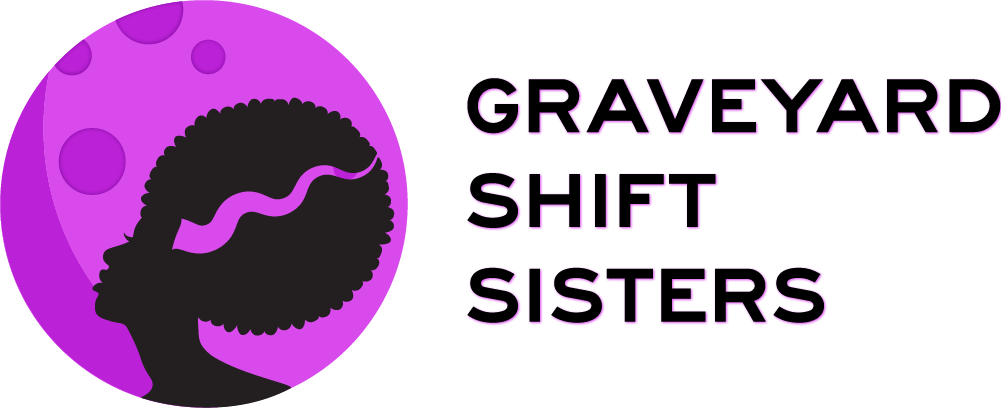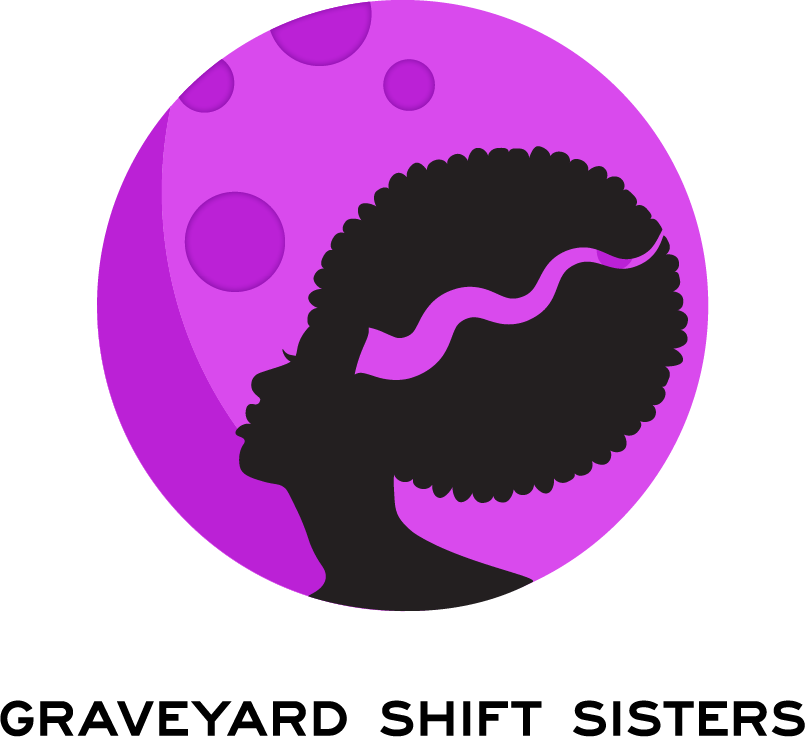Werewolves, Religion & Gentrification: Horror Screenwriting With Chris Courtney Martin
25 never looked so remarkable. The traction and determination in award-winning writer Chris Courtney Martin is a flourishing image that cannot waver. Her Twitter timeline reads like an articulate, casual girlfriend chat with a dose of realism in case you forgot that we're all trying to figure this thing out called life. And horror. Chris' list of screenplays in the waiting room is that meme of Sam Neil in In The Mouth Of Madness. She has a profound way of picking from the tree of her occupations and horror is the vehicle gets work in from the first page to the last. The multi-lingual, social advocate finds time for thrillers and comedy as well (seriously, H.E.I.R. looks incredible).
But as an impressionable child of the 90's, the Scream factor was a catalyst for horror's seductive qualities. "In my adolescence with Saw and Hostel, I really started to develop my own relationship with the genre," Chris remembers. "My tastes were growing a little more independent from what I was raised on with my sister (I grew up with a big sister, so that’s how I got a lot of access to that stuff). But I didn’t really think about writing horror myself until I saw Insidious, which came out pretty early in my college career."
Chris studied at Drexel University's Screenwriting & Playwriting program which likely fostered a imperative attitude when approaching the challenges of creative writing. Simply put, she states, "I think every writer, especially before they reach the point where they’re getting paid real money, has to grapple with just writing the damn thing. Carving out time and saying, Okay, I have a day job but this is my career-- regardless of whether I’m making money from it right now. I need to treat it like an obligation. Because it really is. It’s a responsibility to yourself. But it’s one of the sweetest damn responsibilities in existence when you compare it to bills and debt and all that other stuff."
By synopsis alone, her screenplays scream palpable. On a brief personal note, we share the experience of being Philadelphia natives that have witnessed gentrification firsthand. Her script Charcuterie, a horror film I need to experience has a darkly humorous but sobering tone about a pair of hipsters who open a deli in an "up and coming" Philadelphia neighborhood, and a local who "suspects they're cannibalizing more than the culture." The beautiful entanglement of allegory that horror arouses is certainly a huge part of this need-be film. I couldn't help but pick Chris' brain about the what's and how's of income clashes, the effects of those on the lower end of it, and the way horror is the perfect vehicle for this kind of story. For Chris, in order to get a full shot of the concerns for social issues, examining intersections is critical.
In the script, I focused a lot on the sinister because of the genre, and also how vicious it feels when you’re on the business end of gentrification. The villain couple is compared to locusts-- in that they have a way of devouring everything, including members of their own species. They tell themselves it’s about survival. It’s all a part of nature. Which isn’t true. A locust is a grasshopper. There really is no biological difference between them. The only difference between locusts and grasshoppers is the tendency for locusts to swarm and the destruction they wreak, and I think there’s something to be said about human relations in that.
The only significant difference between X group and Y group is X group’s power to destroy. But even though the bad guys in Charcuterie are about as bad as bad can get, there is still a level of obliviousness. One of them says something to the effect of, “You think this is about race but it’s all just capitalism.” And he says that as if the two haven’t been entwined since the inception of race as we know it today, which was created to justify the capitalist practice of chattel slavery.
Not to give anything away, but I also interrogate intraracial relationships with class mobility. Because people of color can be gentrifiers as well.
Moonchild is Chris' descent into the supernatural, a werewolf coming-of-age story as I described it to her with a grain of trepidation. She assured me that term is a good comprehension for the heroine, Amira's arc, "coming into her own in this story and learning how to accept who she is, not just who she wants to be." Further explaining, "Even though the protagonist is an adult (25) anyone can tell you that you don’t hit 18 and then magically become a real life grown-up." And the lore of werewolf tradition fits this mold well and why it's been so successful in films with the likes of Ginger Snaps. "I love werewolves because they represent a certain complex duality that other movie monsters don’t. Once a vampire or a zombie or a ghost becomes what they are, there’s usually no turning back. Their human life is gone. Some vampires may be able to exist among humans through different means, but they’ll never really be of that world again.
Werewolves are both human and creature, simultaneously. In most media I’ve seen, they have human life spans, they reproduce like humans. They hold down regular jobs. And then they change at will or just piss off in the woods every full moon to do their thing, depending on who’s telling the story. There’s this ebb and flow between wild and tame, safety and danger. And I think that’s the defining characteristic of someone who’s coming of age: what you’ve always known vs. what’s out there. In Amira’s case, there’s a slight flip in that home; the wolf pack and the new frontier is a mundane human life."
Unfortunately, we may have to sit on anticipation of these two ambitious narratives to hit the screen. Luckily, one of her 12-point courier babies is gaining momentum, Chris' thriller screenplay Pale Horse is a selection at this year's Urbanworld and Women in Horror film festivals (even Amazon Studios) happening this Fall. Pale Horse, about an author who's missing brother shows up with another man dealing with the aftermath of a torturous event has a mysterious premise that gets at the heart of the feelings of isolation and fear entrenched in religious zealotry.
It's a favorite of these two well-known festivals because of her successful execution of animating character depth on the page. "They contain all the complexity and contradictions and idiosyncrasies of real people. Naia is successful and she’s sad and she’s funny and she’s lonely and she’s loved and she’s sexy and she’s cynical and she’s warm. John is a victim and a manipulator and a kitten and a shark. All these things can be true at once and I’m never afraid to go there as long as the development is precise and believable. But the ending, which has been a little polarizing, really is a testament to the complexities of the characters and how different situations can turn someone into an entirely different person."
With Pale Horse's film fruition hope, Chris will dually turn her attention to additional future plans: get more women of color visible within the horror genre. "Honestly, it’s a little bit baffling to me. When you think about that Malcolm X quote about us being disrespected, unprotected and neglected-- when you think about how true it is-- it’s kind of like, “Who knows more about fear, vulnerability and survival than us?” Right now, I’m just getting my feet wet in this industry so all I can really do is keep writing us into the genre and keep elevating those who do the same. But in the future, when I have a bit more clout and hopefully have my own production company, I’ll certainly be prioritizing projects that are told through the lens of Black womanhood."
chriscourtneymartin.com
Follow Chris on Twitter (@DaRealChrisCo), Tumblr and Script Revolution
Watch Hidious, written by Chris here.
Image: Woman writing a note on her notebook By Mauro Grigollo

